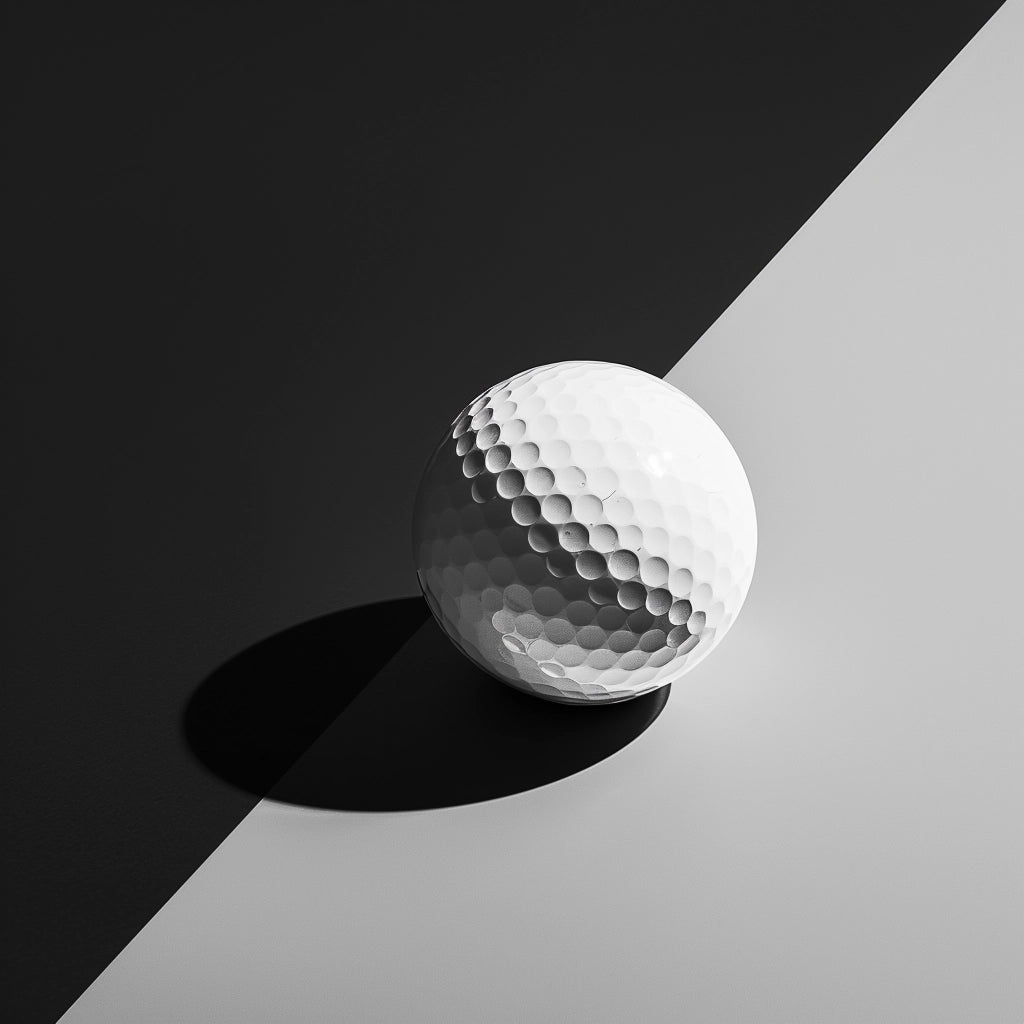
Why Do Gold Balls Have Dimples?
Introduction
Ever wondered why golf balls are covered in those tiny little craters? Well, you're not alone. It's a question that's been asked by many, from the casual observer to the seasoned pro. The answer, as it turns out, is all about physics and aerodynamics.
You see, those little dimples on a golf ball aren't just for show. They serve a very important purpose. Without them, your golf ball wouldn't fly nearly as far or as straight. In fact, it's been scientifically proven that a smooth golf ball travels less distance than a dimpled one when hit with the same force.
But why is that? What's the science behind it? And how do those dimples actually work? Well, hold onto your hats, folks, because we're about to dive deep into the world of golf ball aerodynamics.
In the sections that follow, we'll explore the history of the dimpled golf ball, delve into the physics that make it work, and even take a look at how modern technology is continuing to improve on the design. So, whether you're a golf enthusiast or just a curious reader, stick around. There's a lot to learn!
The History of Golf Balls
Let's take a trip down memory lane, back to the roots of golf and its iconic dimpled balls. The evolution of golf balls is a fascinating tale, marked by innovation and the relentless pursuit of perfection.
In the early days, somewhere around the 14th century, golf balls were made of hardwood. They were as smooth as a baby's bottom, but their performance was far from ideal. Then came the 'featherie' in the 17th century, a leather pouch stuffed with goose feathers. It was a step up, but still not quite there.
The real game-changer arrived in the mid-19th century with the 'guttie'. Made from Gutta-percha, a type of latex, these balls were easier to shape and far more durable. But here's the kicker - golfers noticed that their old, nicked gutties performed better than the new ones.
Why, you ask? The nicks and cuts on the surface of these balls reduced drag and increased lift, much like the dimples on modern golf balls. This accidental discovery paved the way for the 'Haskell' ball in the 20th century, the first to have dimples intentionally designed into its surface. And the rest, as they say, is history.
The Science Behind Dimples
Ever wondered why those shiny gold balls have dimples? Well, it's not just for aesthetics or to make them look cute. There's a whole lot of science involved, and it's all about aerodynamics - the study of how air moves around objects.
First off, let's get one thing straight. A smooth golf ball would travel a shorter distance compared to a dimpled one when hit with the same force. Surprising, right? But why is that? It's all down to two key factors: lift and drag.
- Drag: This is the resistance an object experiences when moving through a fluid - in this case, air. A smooth ball generates more drag because the air clings to its surface and slows it down. The dimples on a golf ball disrupt this airflow, reducing the drag and allowing the ball to travel further.
- Lift: This is the force that opposes the weight of the ball and lifts it into the air. The dimples on a golf ball cause the air to move more rapidly over the top of the ball, creating a lower pressure area, which lifts the ball into the air. In essence, the dimples make the ball behave like an airplane wing.
So, there you have it! The dimples on a golf ball are a clever bit of engineering that helps golfers get their balls further down the fairway. It's a perfect example of science and sport working hand in hand. So next time you're teeing off, spare a thought for the humble dimple - it's doing more work than you might think!
The Role of Dimples in Flight Dynamics
Ever wondered why those shiny gold balls have dimples? Well, it's not just for aesthetics or to give them a unique identity. The dimples play a crucial role in the flight dynamics of the ball. Let's dive deeper and understand the science behind it.
First off, you should know that these dimples are a brilliant example of engineering and physics working hand in hand. They're not just random indentations but are meticulously designed and strategically placed.
So, what's the big deal about these dimples? Here's the scoop:
- Reduced Drag: The dimples on a golf ball create turbulence in the layer of air next to the ball. This turbulence reduces the drag, a force that opposes the ball's motion and slows it down. With less drag, the ball can travel further. It's a bit like having a tailwind constantly pushing the ball forward.
- Increased Lift: The dimples also increase the lift, a force that acts perpendicular to the direction of motion and helps the ball rise. This is due to the Bernoulli's principle, which states that an increase in the speed of a fluid corresponds with a decrease in pressure. The dimples make the air move faster over the top of the ball, reducing the air pressure and creating lift.
- Stable Flight: The dimples help to stabilize the ball's flight. Without dimples, the ball would wobble in the air, making it harder to control. But with dimples, the ball's flight is more predictable and stable.
In a nutshell, the dimples on a golf ball are a game-changer. They reduce drag, increase lift, and stabilize the ball's flight, allowing it to travel further and more accurately. So, the next time you see those dimples, remember, there's more than meets the eye!
Types of Dimple Patterns and Their Effects
Dimple patterns on golf balls are as diverse as the golfers who swing the clubs. They're not just for show, though. These tiny indentations play a significant role in determining the ball's flight characteristics. Let's break it down:
- Spherical Dimples: These are the most common type and they're pretty much what they sound like - small, round indentations. They help reduce drag and allow the ball to fly further. However, they don't offer much in terms of lift.
- Hexagonal Dimples: A relatively new kid on the block, these six-sided dimples are designed to increase lift and decrease drag even more than their spherical counterparts. The result? A higher, longer flight.
- Double Dimples: These are essentially a dimple within a dimple. The idea is that the outer dimple helps with lift while the inner one reduces drag. It's like getting a two-for-one deal on aerodynamics!
- Random Dimple Patterns: Some manufacturers throw the rule book out the window and opt for a random pattern. The jury's still out on whether this offers any real benefits, but it certainly makes for an interesting looking ball!
So, next time you're teeing off, spare a thought for those little dimples. They're working hard to give you the best shot possible. Remember, it's not just about the swing, but also the wing! Whether you're a pro golfer or a weekend warrior, understanding the role of dimple patterns can give you an edge on the green.
Conclusion
Dimples on golf balls aren't just for show. They're a clever design feature that reduces drag and increases lift, enabling the ball to fly further and straighter. So, next time you tee off, give a nod to the humble dimple - it's doing more than you think!
If you want the best entry-level performance balls on the market, check out our Pro B2 Performance Golf balls.
Related articles:
Urethane vs. Surlyn Golf balls - Which is Better for Iron Shots?


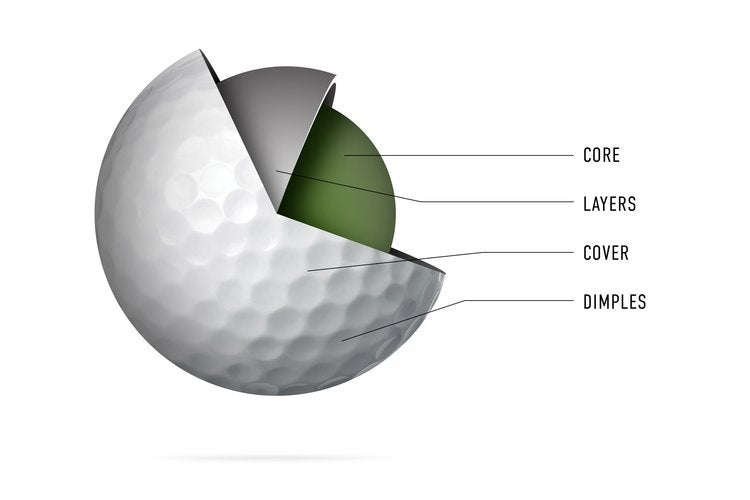
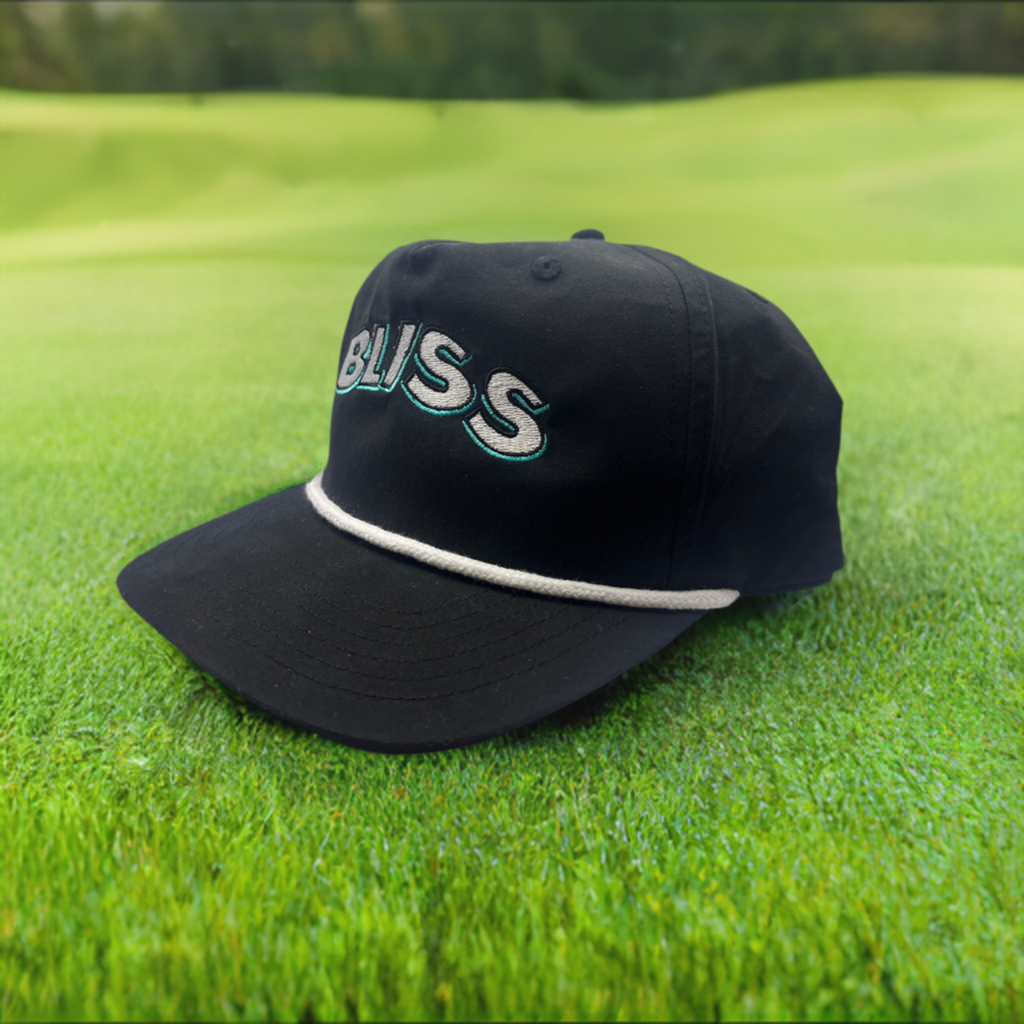
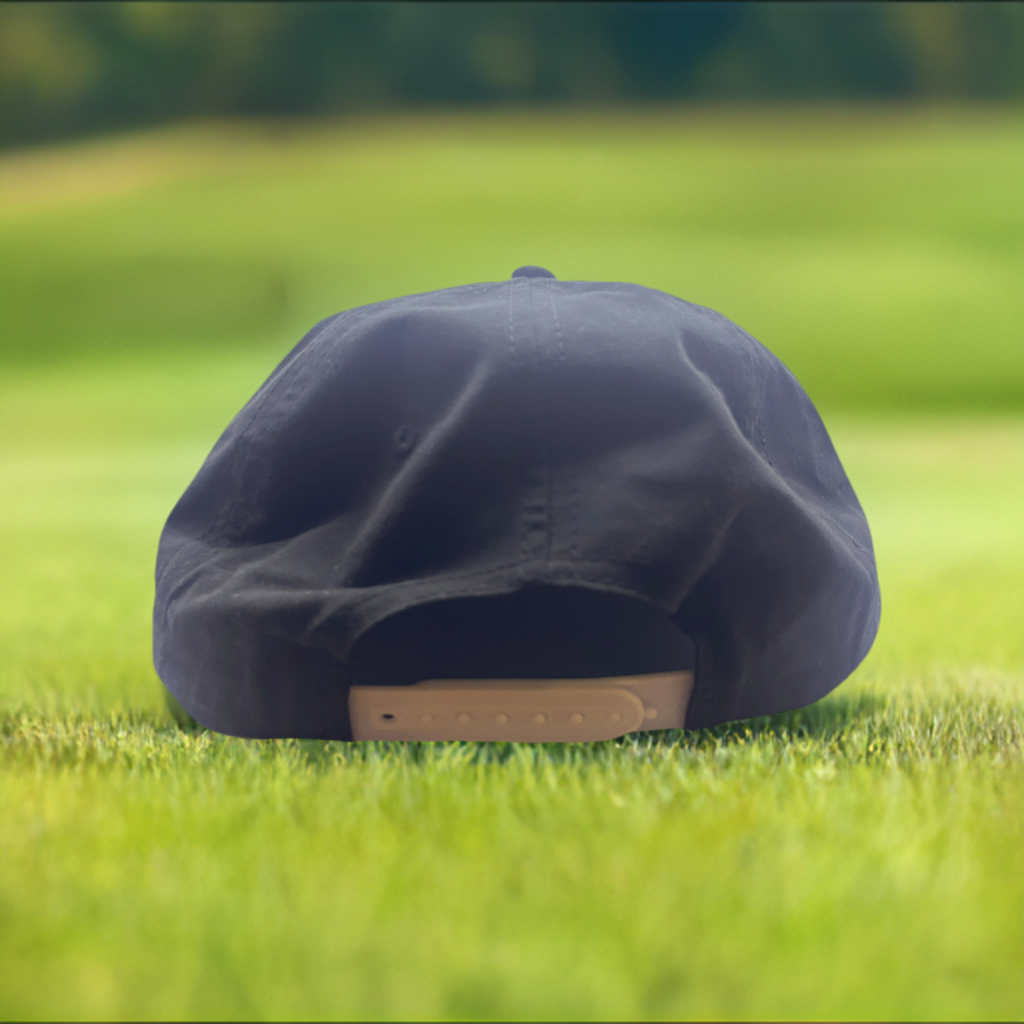
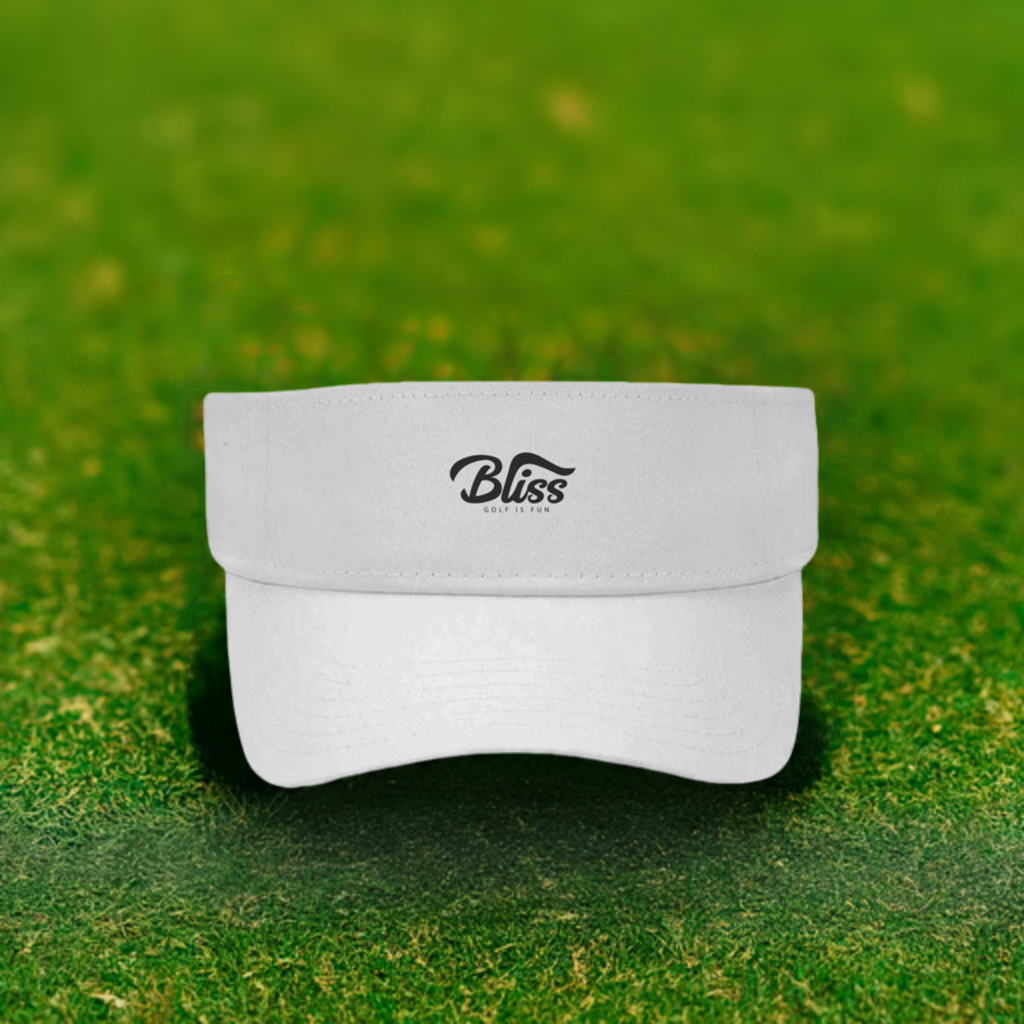
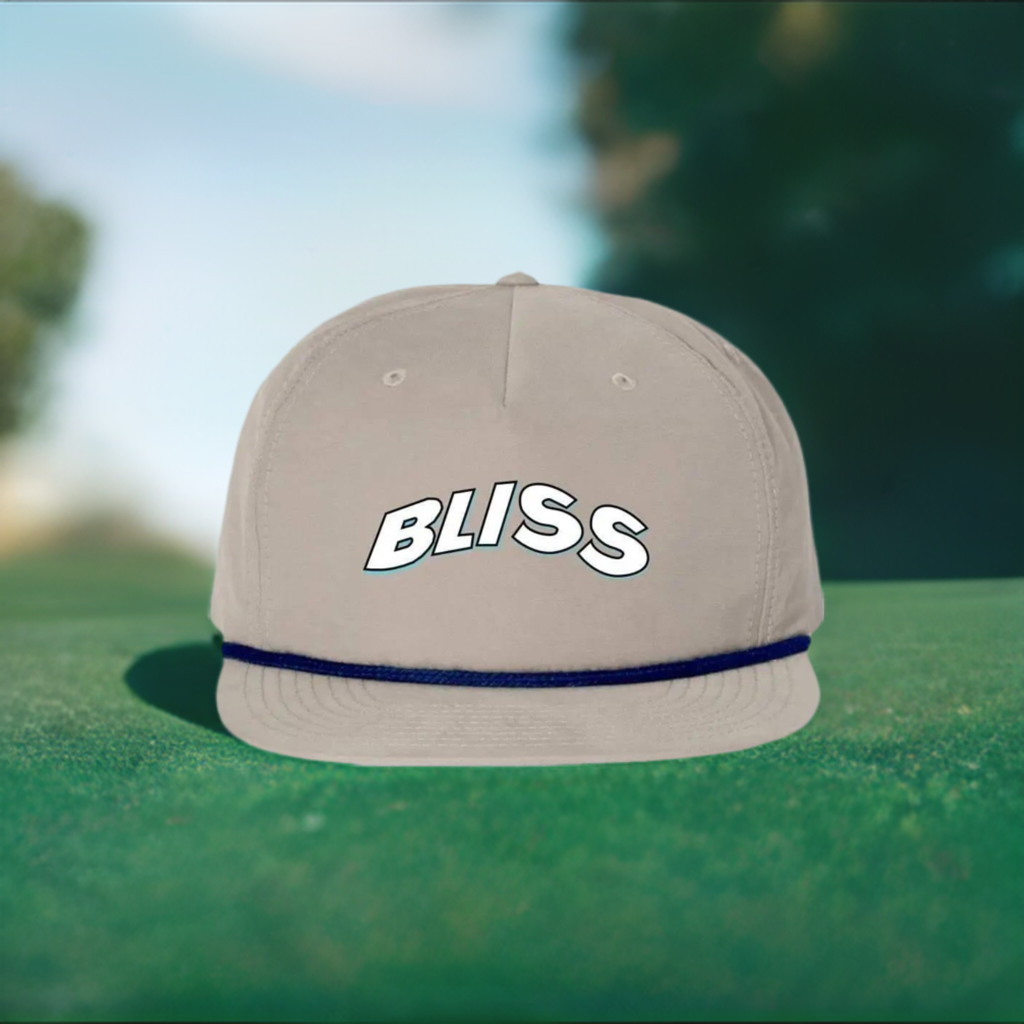
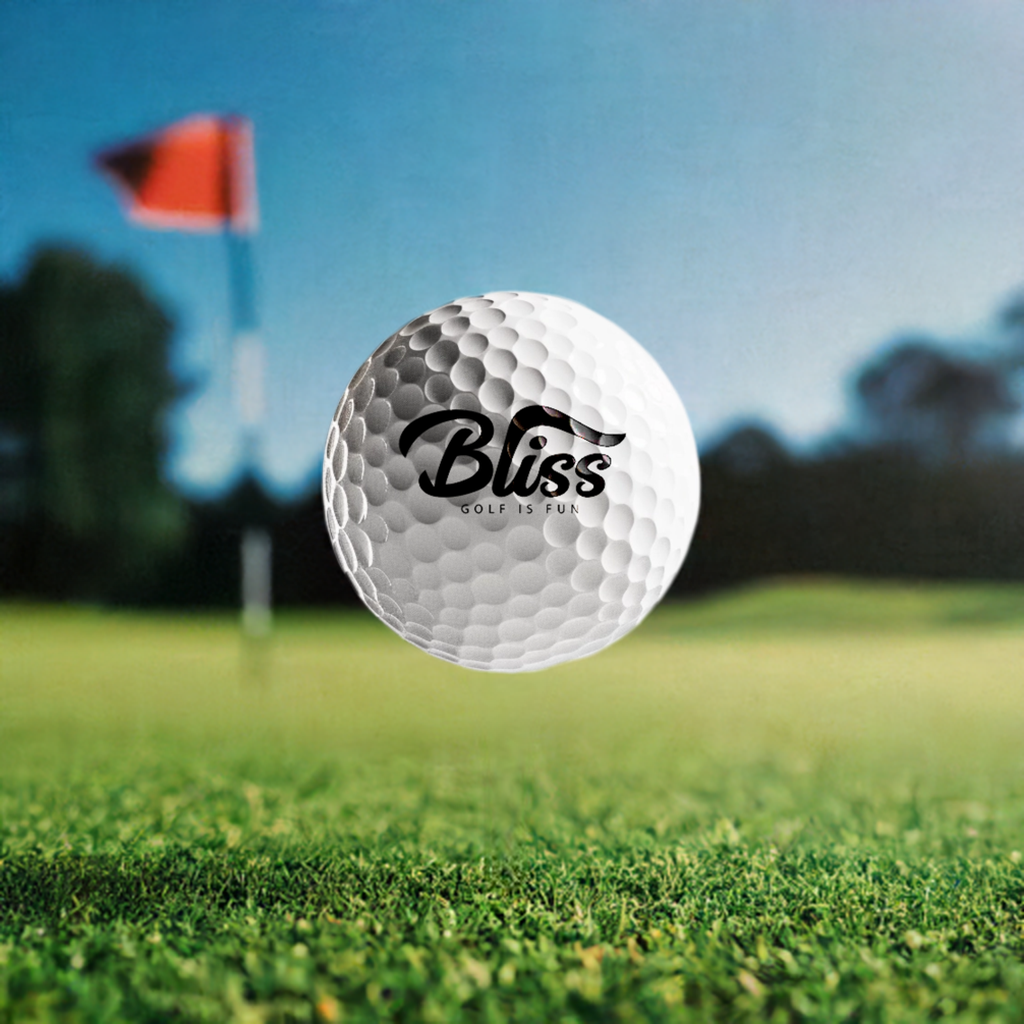
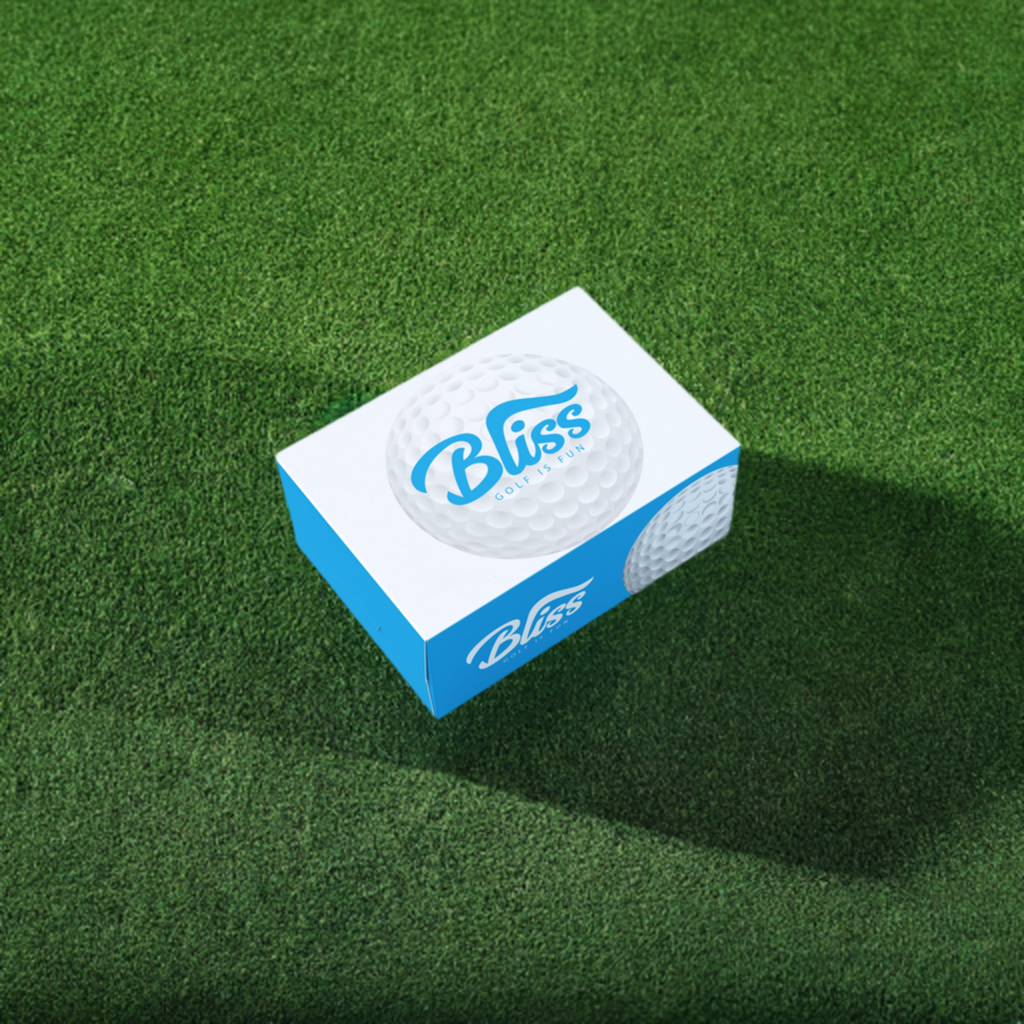

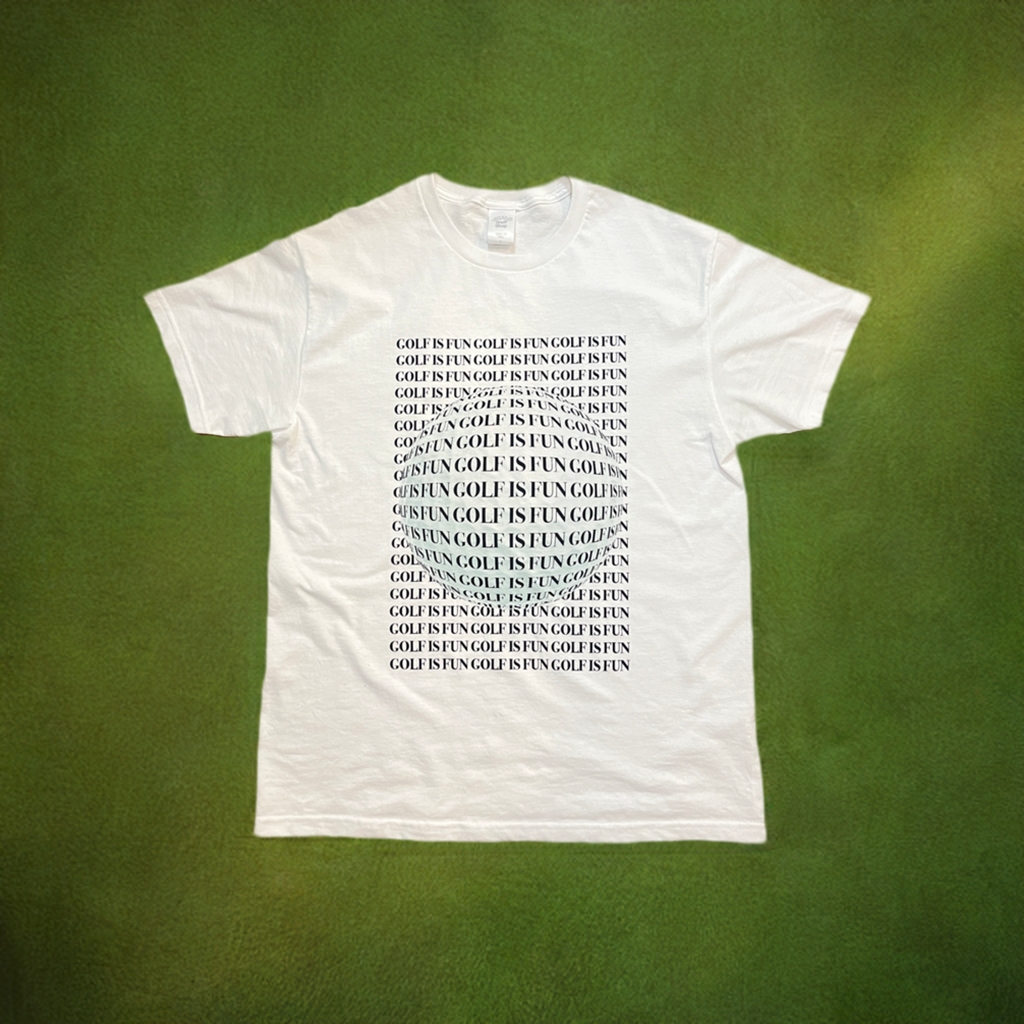
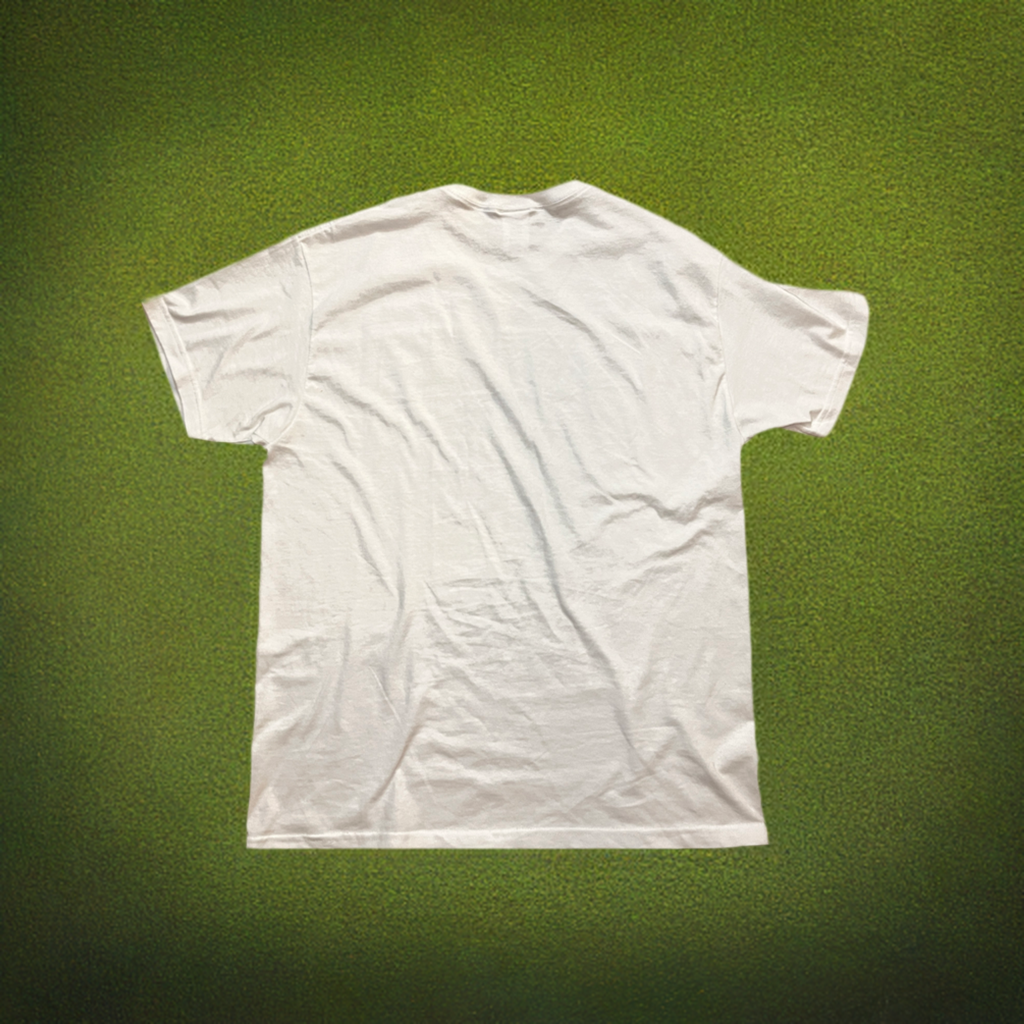

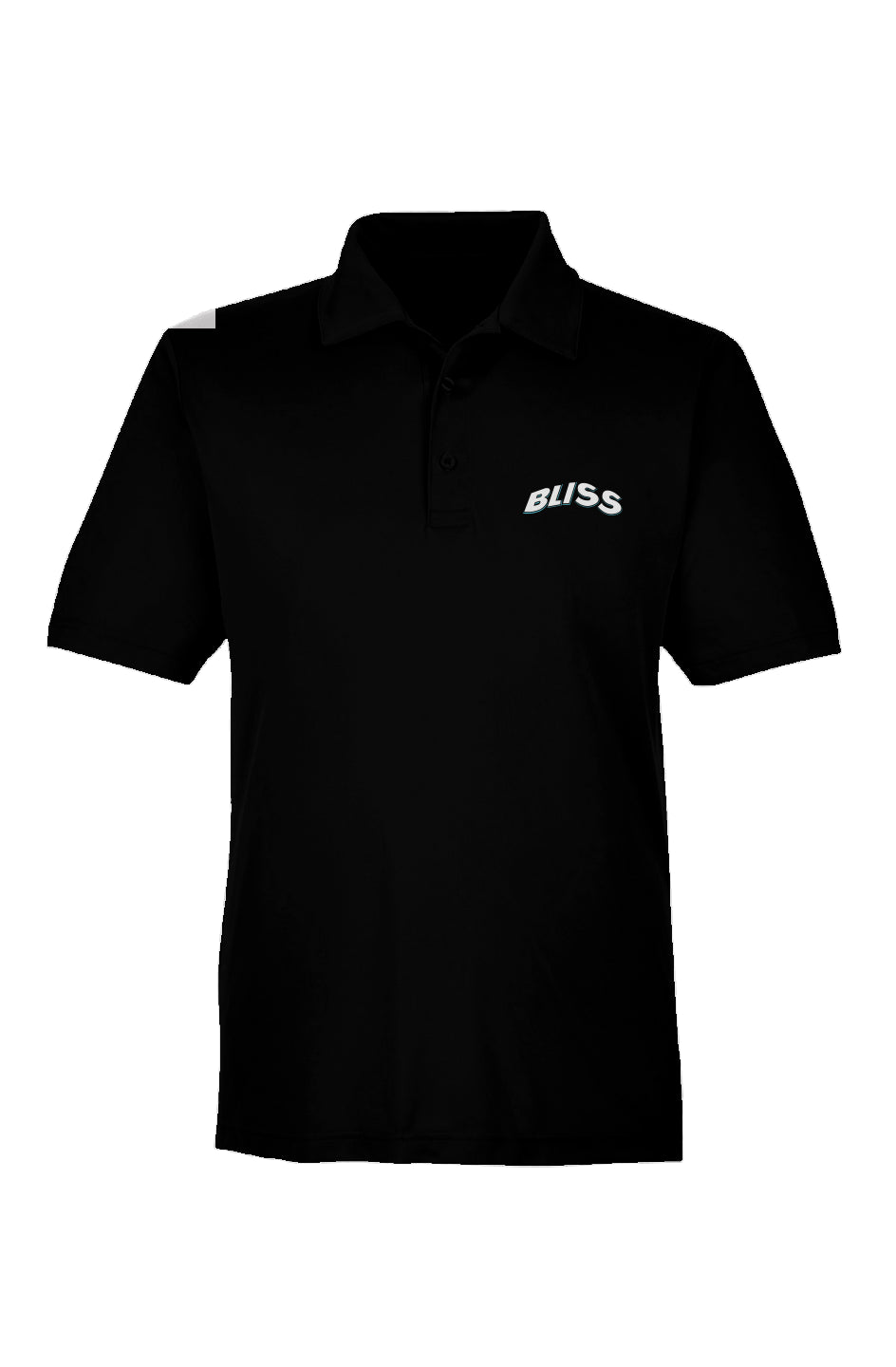


Leave a comment
This site is protected by hCaptcha and the hCaptcha Privacy Policy and Terms of Service apply.